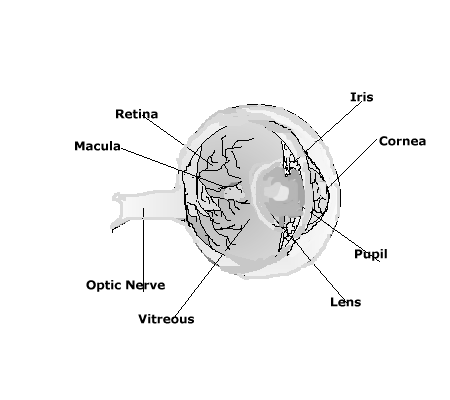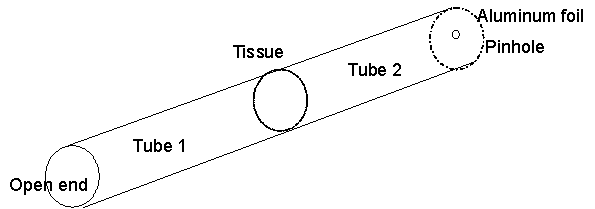|
Goal:
Students
build pinhole projectors that can be used to safely watch the
Transit using cardboard tubes
|
|
Grade
Level:
4-9
|
|
Objectives:
- Observe
the properties of light safely
- Construct
an instrument that allows the observation of solar events
|
|
Subject
Area or Standard:
Science
|
|
Materials
Needed:
- Long
box (at least 6 feet long-the longer the box, the bigger
the image)
- Aluminum
foil
- Pin
- Sheet
of white paper
|
|
Websites:
http://www.exploratorium.edu/eclipse/how.html
http://quickscience.uwf.edu/template/print_sciexp.asp?rlo_id=202
|
|
Resources:
NEVER view the sun with the naked eye or with any optical
device such as binoculars or a telescope
 The
lens in your eye will focus the sun's rays onto the back of
your retina resulting in permanent damage or blindness. The
lens in your eye will focus the sun's rays onto the back of
your retina resulting in permanent damage or blindness.
|
|
Procedures:
1. Find
or make a long box or tube.
2. Cut a hole into one end of the box and cover with aluminum
foil
3. Poke a hole in the center of the aluminum foil with a
pin
4. Cut a viewing hole in the side of the box near one end.
5. Place the white sheet of paper into the end of the box
near the viewing hole.
6. Position the end of the box with the aluminum foil and
pinhole toward the sun.
7. Find the round spot of light on the white sheet of paper.
That is the image of the sun.
|
|
Alternatives:
1.
Use two cardboard tubes from paper towel rolls.
2. Place aluminum foil over one end of one tube and hold with
rubber band
3. Place a single sheet of tissue sheet over other end of
cardboard tube
4. Attach the second cardboard tube over the tissue-encased
end and tape the two tubes together.
5. Punch a pinhole into the center of the aluminum foil
6. In a darkened room point aluminum end of tube toward daylight
7. Observe image on tissue paper.

|
|